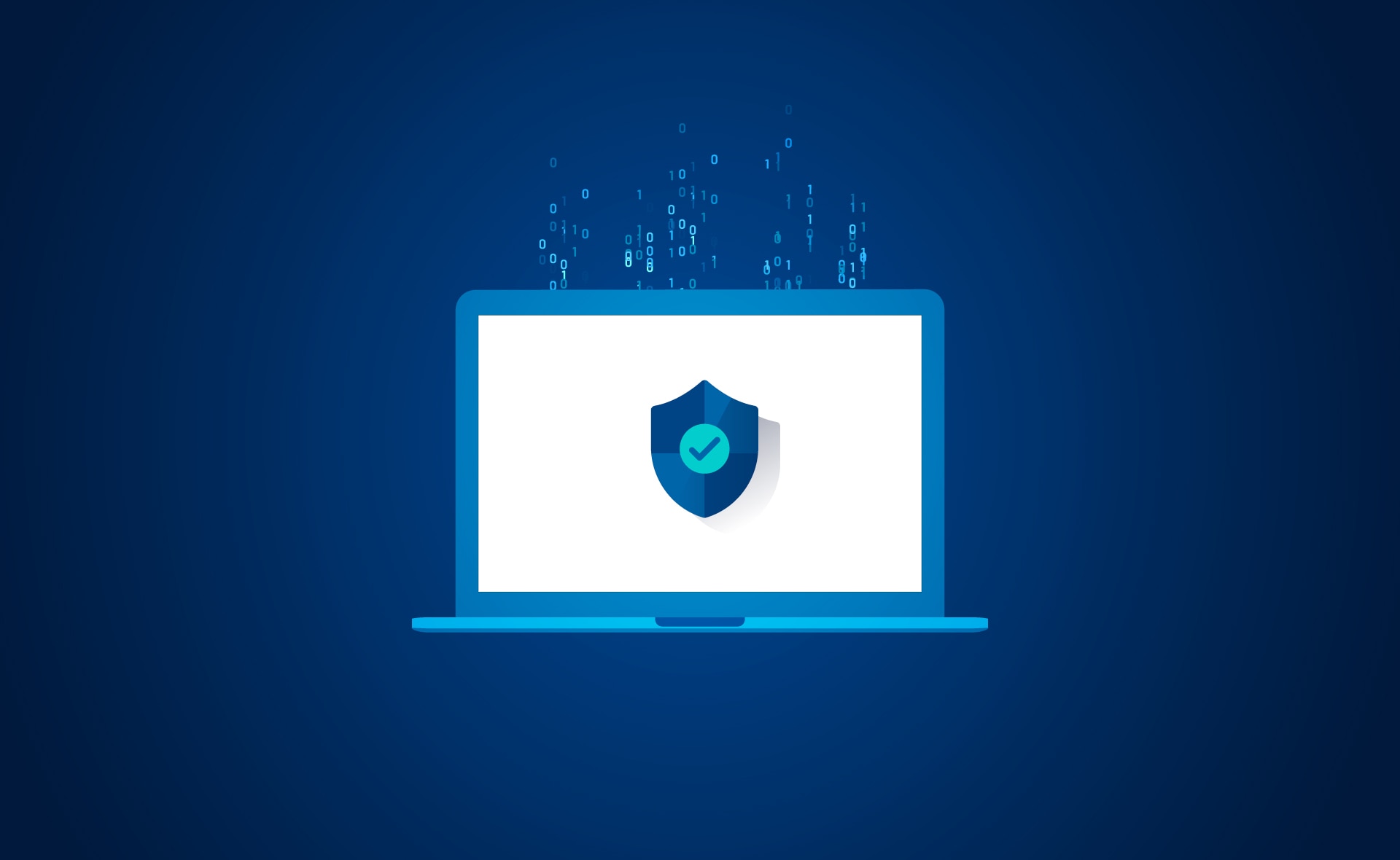In a world where ethical consumerism is gaining momentum, the spotlight is increasingly turning towards ethical diamonds. These sparkling gems not only dazzle with their beauty but also carry a story of sustainability, social responsibility, and environmental consciousness. Let’s delve deeper into the world of ethical diamonds, exploring what they are, why they matter, and how they’re shaping the future of the diamond industry.
Introduction to Ethical Diamonds
What Are Ethical Diamonds?
Ethical diamonds, also known as conflict-free diamonds, are gemstones sourced and produced with minimal negative impact on people and the planet. Unlike conventional diamonds, which may be associated with human rights abuses and environmental degradation, ethical diamonds adhere to strict standards of social and environmental responsibility throughout their entire supply chain.
Why Ethical Diamonds Matter
The demand for ethical diamonds stems from growing concerns about the ethical and environmental implications of traditional diamond mining practices. By choosing ethical diamonds, consumers can make a positive impact by supporting responsible mining practices and contributing to the well-being of mining communities.
The Problem with Traditional Diamond Mining
Environmental Impact
Traditional diamond mining often involves environmentally destructive practices such as land disruption, deforestation, and water pollution. These activities can have devastating consequences on fragile ecosystems, threatening biodiversity and degrading natural habitats.
Social Issues
In addition to environmental concerns, traditional diamond mining is plagued by social issues such as child labor, forced labor, and exploitation of workers. Many diamond mines operate in developing countries where labor standards are lax, putting miners at risk of exploitation and abuse.
Certifications and Standards for Ethical Diamonds
Kimberley Process Certification
The Kimberley Process Certification Scheme was established in 2003 to prevent the trade of conflict diamonds. While it has made significant strides in reducing the flow of conflict diamonds, critics argue that it lacks sufficient oversight and fails to address issues such as human rights abuses and environmental damage.
Fair Trade Diamonds
Fair trade diamonds are sourced from mines that adhere to fair labor practices and provide workers with fair wages and safe working conditions. By purchasing fair trade diamonds, consumers can support ethical mining practices and promote social justice within the diamond industry.
Responsibly Mined Diamonds
Responsibly mined diamonds are sourced from mines that prioritize environmental sustainability and community development. These mines implement measures to minimize their environmental footprint, protect biodiversity, and support local communities through education, healthcare, and infrastructure development.
Benefits of Choosing Ethical Diamonds
Environmental Conservation
Ethical diamond mining practices prioritize environmental conservation by minimizing the ecological footprint of mining operations and implementing sustainable land management practices. By choosing ethical diamonds, consumers can support efforts to protect natural ecosystems and preserve biodiversity for future generations.
Supporting Local Communities
Ethical diamond mining projects often prioritize community development initiatives aimed at improving the quality of life for local residents. These initiatives may include building schools, healthcare facilities, and infrastructure projects that benefit the entire community.
How to Identify Ethical Diamonds
Ask for Certification
When purchasing lab diamonds, consumers should look for certifications such as the Kimberley Process Certification or certifications from reputable organizations such as the Responsible Jewellery Council. These certifications provide assurance that the diamonds have been sourced and produced ethically.
Research the Diamond’s Origin
Consumers can also research the origin of the diamond to ensure it comes from a reputable source with transparent and accountable supply chain practices. Many ethical diamond brands provide detailed information about the provenance of their diamonds, including the location of the mine and the mining practices employed.
The Rise of Lab-Grown Diamonds
Environmental Advantages
Lab-grown diamonds, also known as synthetic or cultured diamonds, are created in laboratories using advanced technology that mimics the natural diamond-growing process. Unlike traditional diamond mining, which requires extensive land disturbance and energy-intensive processes, lab-grown diamonds have a significantly lower environmental impact.
Ethical Considerations
In addition to their environmental advantages, lab-grown diamonds are also considered ethical alternatives to mined diamonds. Because they are created in controlled laboratory settings, lab-grown diamonds are free from the ethical concerns associated with traditional diamond mining, such as human rights abuses and conflict financing.
The Cost of Ethical Diamonds
Price Comparison
While ethical diamonds may come with a slightly higher price tag compared to conventionally mined diamonds, many consumers are willing to pay a premium for the peace of mind that comes with knowing their diamond was sourced and produced ethically. In the long run, the value of an ethical diamond extends beyond its monetary cost to include its social and environmental impact.
Long-Term Value
Ethical diamonds also offer long-term value in terms of their durability, rarity, and timeless beauty. Unlike other luxury goods that may lose value over time, ethical diamonds retain their allure and value, making them a sustainable investment for future generations.
Consumer Awareness and Education
Spreading Awareness
Raising awareness about the importance of ethical diamonds is essential for driving demand and encouraging more sustainable practices within the diamond industry. Consumers play a crucial role in shaping market trends and influencing industry standards through their purchasing decisions.
Educational Initiatives
Educational initiatives aimed at informing consumers about the ethical and environmental implications of diamond mining can help empower them to make informed purchasing decisions. By providing access to information about the origins of diamonds and the impact of different mining practices, educational initiatives can help consumers support ethical and sustainable brands.
Ethical Diamond Alternatives
Moissanite
Moissanite is a popular alternative to diamonds that offers similar brilliance and durability at a fraction of the cost. Unlike diamonds, which are mined from the earth, moissanite is created in laboratories using silicon carbide crystals, making it a sustainable and ethical choice for eco-conscious consumers.




